How To Grow a Walnut Tree from Seed – 5 Steps to Grow Your Own Nut Harvest
It may take a long time, but your efforts will be rewarded with a bumper harvest of walnuts every fall
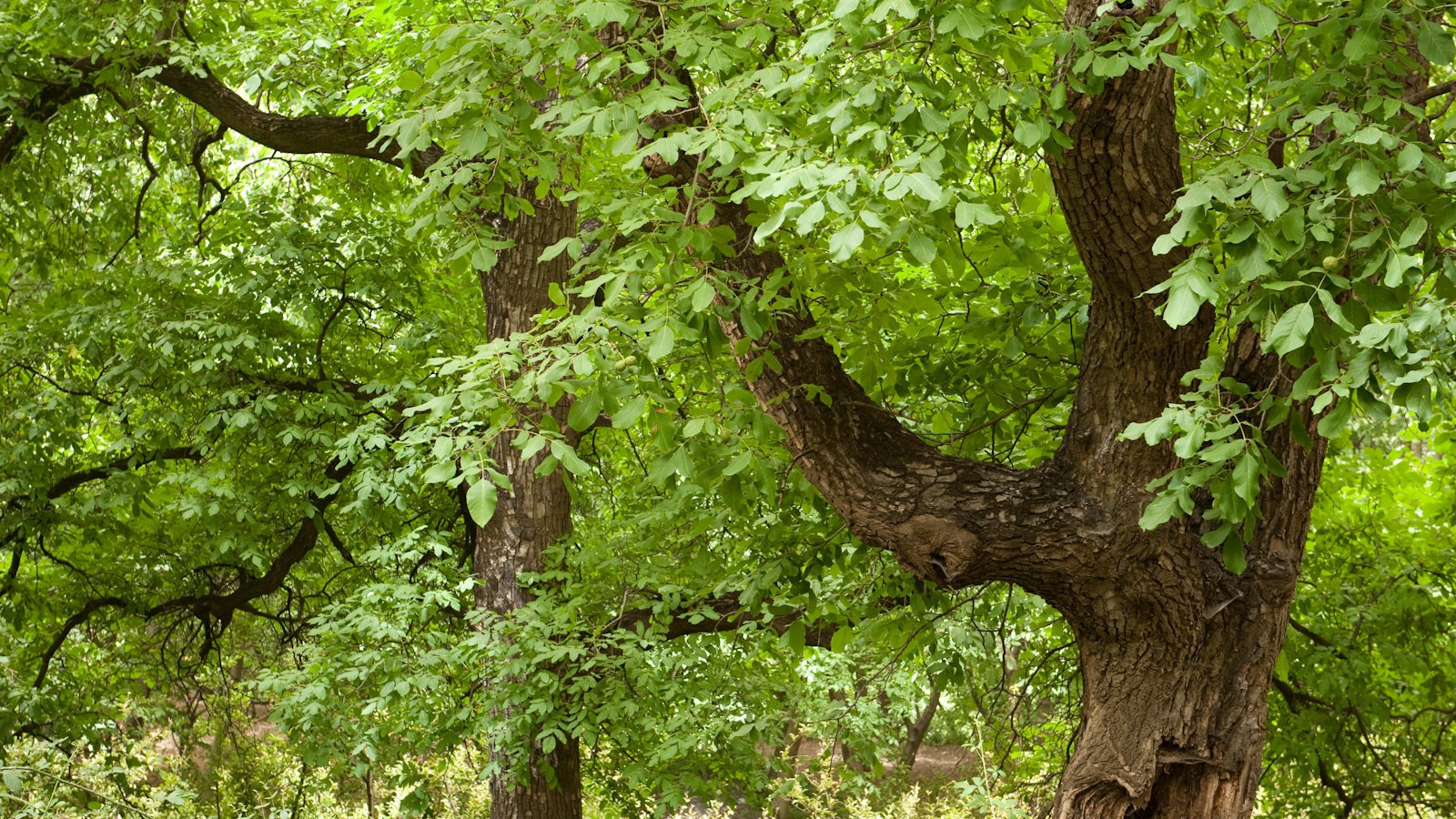

Walnut trees are very special additions to the yard, offering spring yellow-green catkins and delicious walnuts in fall. While they can seem intimidating to grow, a little perseverance can make your walnut growing successful. It's even possible to grow a walnut tree from seed. Although be warned, it takes quite a long time.
Something to be aware of is that walnut trees are not on the list of easiest fruit trees. They're known to be a little challenging, requiring lots of space, consistent moisture, and full sun to truly thrive. Having said that, once you grow a walnut tree from seed, it will become more low-maintenance to care for as it matures.
There are a few steps to follow to grow a walnut tree from seed successfully, but we've made it super simple in this guide. Below are just five steps to grow a walnut tree from seed, alongside expert advice on caring for it correctly. Soon, you'll have buckets of walnuts, whether you're growing an English walnut tree or wish to harvest black walnuts from your yard.
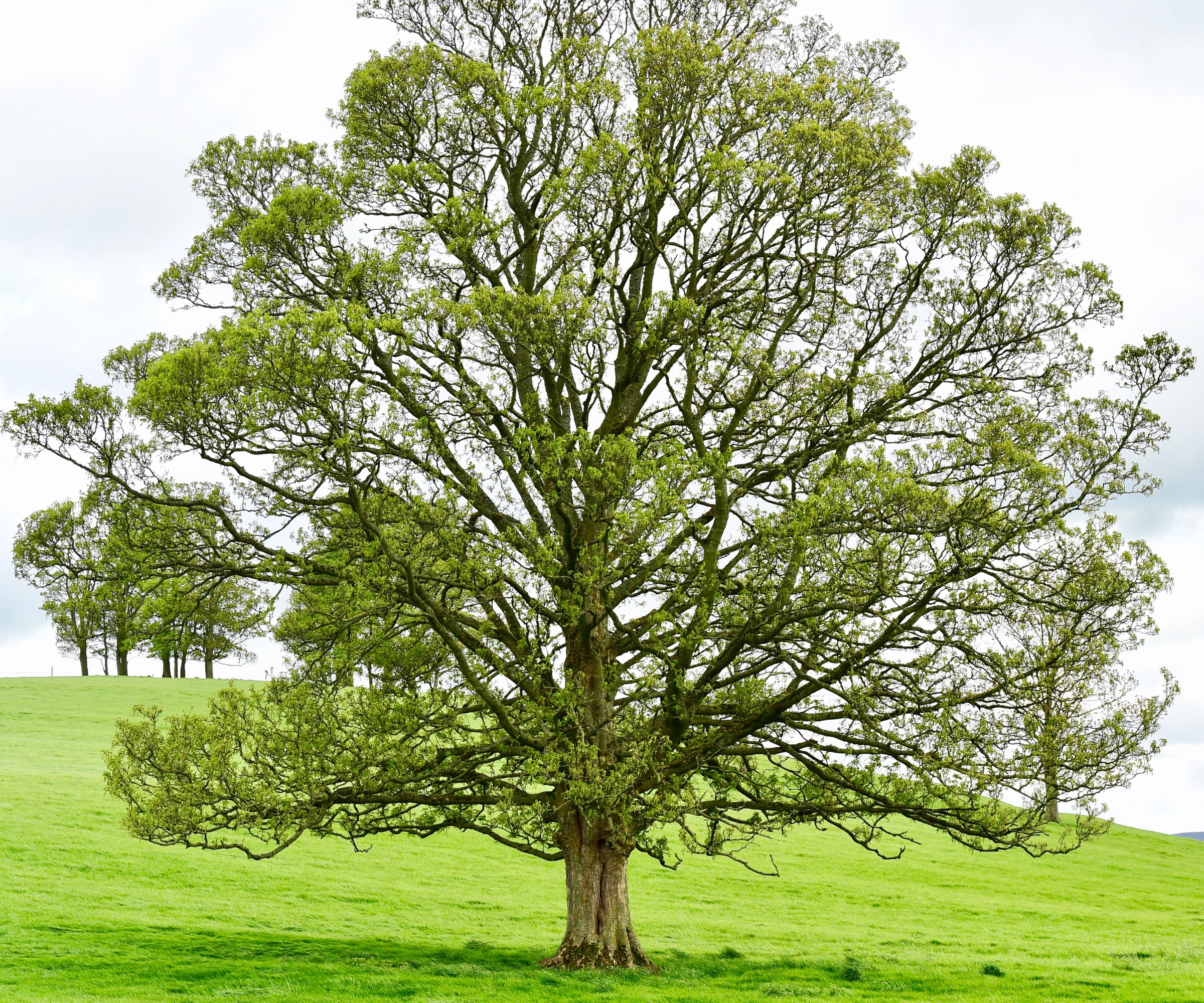
5 Steps to Grow a Walnut Tree from Seed
As with all trees, there are a few tree mistakes to be aware of when growing and caring for a walnut tree. This includes planting your walnut tree in the wrong location and choosing the wrong variety for your local region.
'The trees can reach 50 feet tall and are suitable for US hardiness zones 4-9, but the risk when growing walnuts in colder climates is that the early flowers are susceptible to late spring frosts,' notes Drew Swainston, Gardens Content Editor at Homes & Gardens.
'As a result, it is better to pick later-flowering varieties for such regions,' he adds. Some examples include 'Lara' and 'Parisienne', which both flower in May.
By following the steps below, you'll be off to a good start with growing a healthy walnut tree in your yard:
Design expertise in your inbox – from inspiring decorating ideas and beautiful celebrity homes to practical gardening advice and shopping round-ups.
1. Harvest Fresh Walnut Seeds
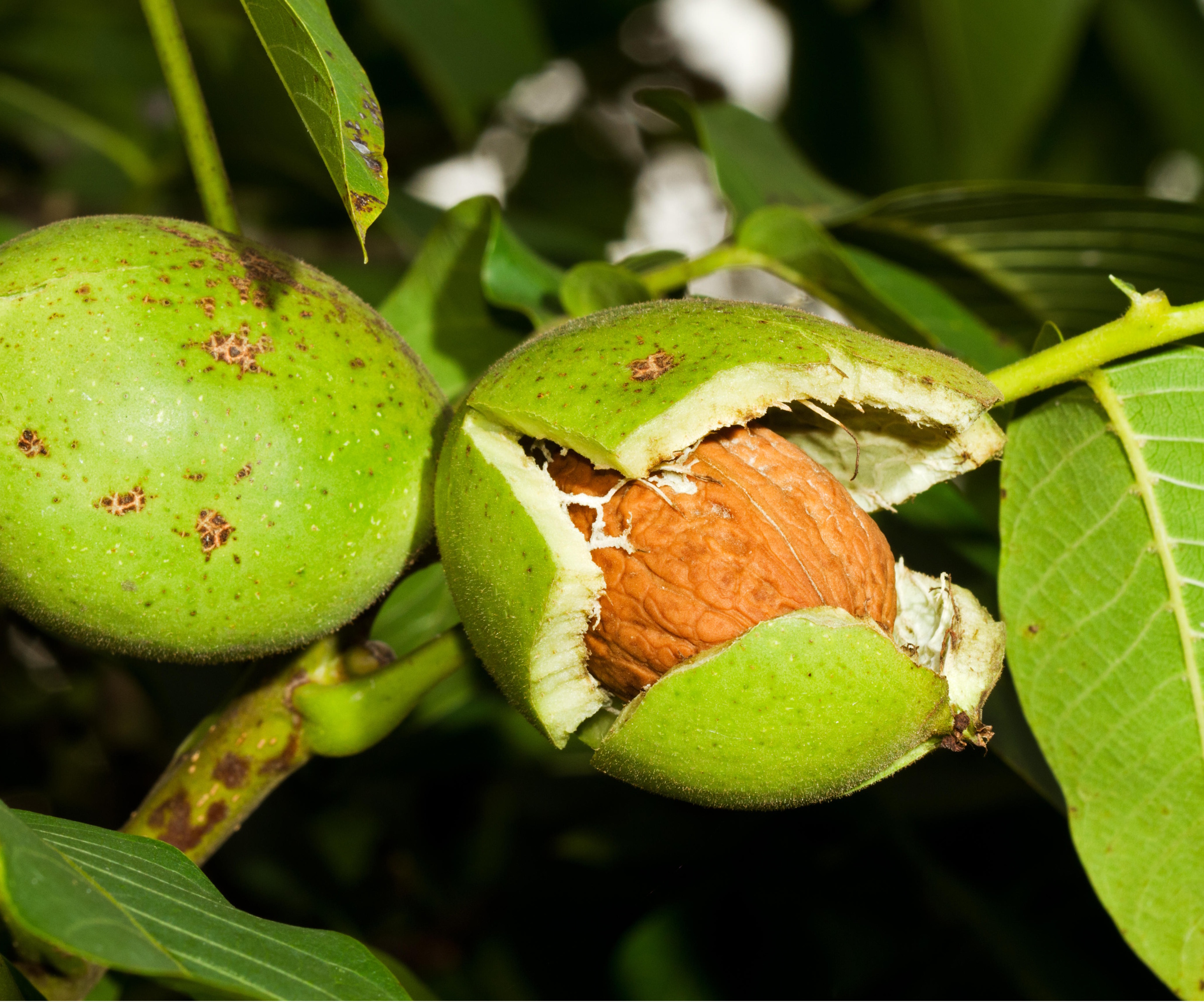
The first place to start with how to grow a walnut tree from seed is locating the seeds.
You can either collect seeds from an existing walnut tree or purchase walnut seeds for planting – find white walnut tree seeds from Amazon and black walnut tree seeds from Amazon.
To harvest walnut seeds, do so in the fall when the outer green husks of walnuts are dark and have split open.
Remove the husk to get to the hard shell (i.e. the seed you will be planting). The seeds need to be whole and firm, and ideally without any cracks or holes in them.
Make sure to then clean the seeds to remove any husk residue. The seeds should be soaked for around 24 hours, which helps soften the shell in preparation for germination.
2. Stratify the Walnut Seeds
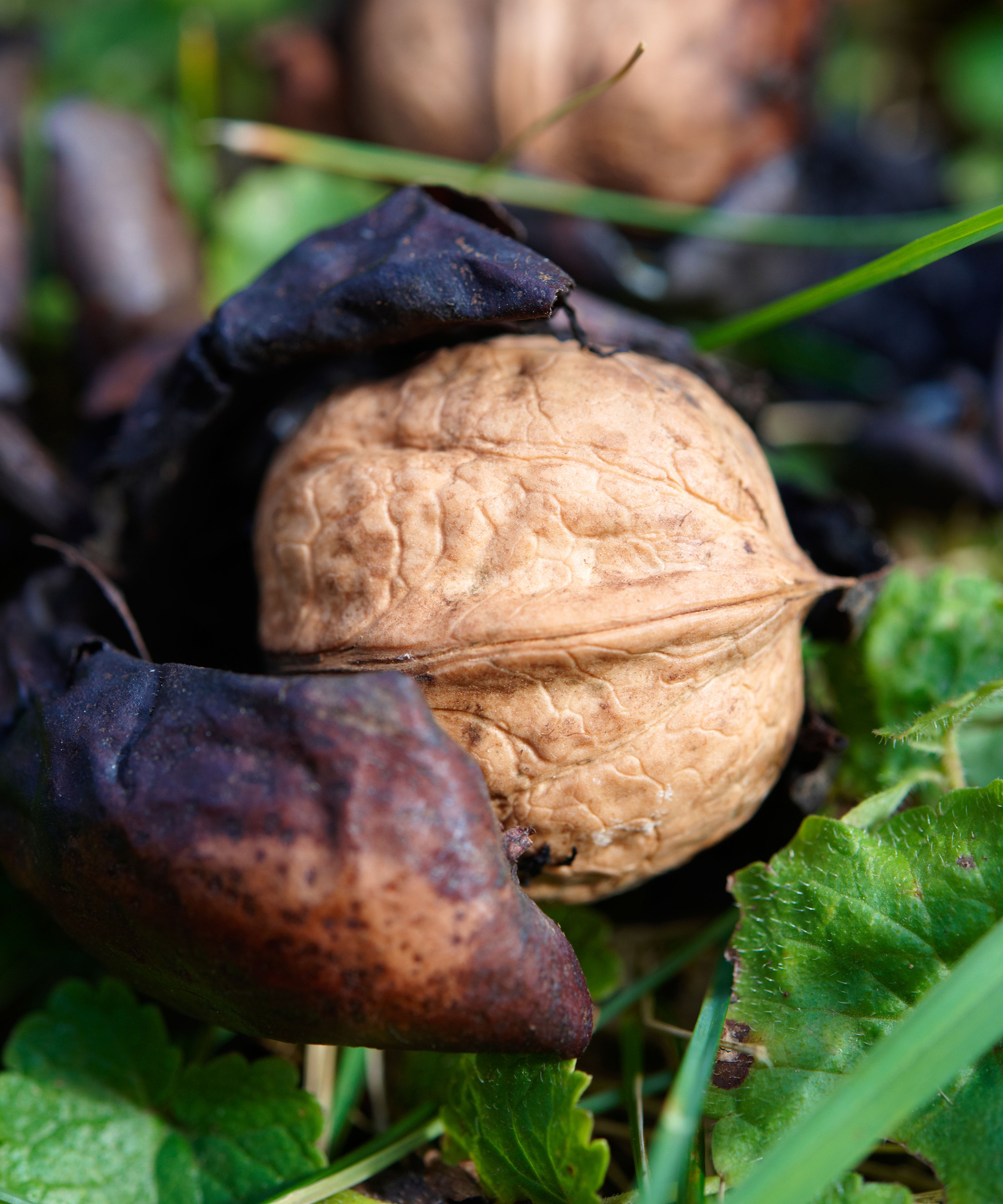
After the 24-hour soaking period, it's time for seed stratification. This is a period of cold treatment that helps break dormancy and initiate germination.
You can do this by placing the walnut seeds in a sealed plastic bag in a medium like moist sand or vermiculite. This horticultural sand from Amazon would work well.
You can then place the bag in your fridge for a lengthy three to four months.
During this time, you should check the medium regularly to ensure it is still moist, but not soggy. Add a little bit of water if needed.
3. Plant the Seeds in a Sunny Location
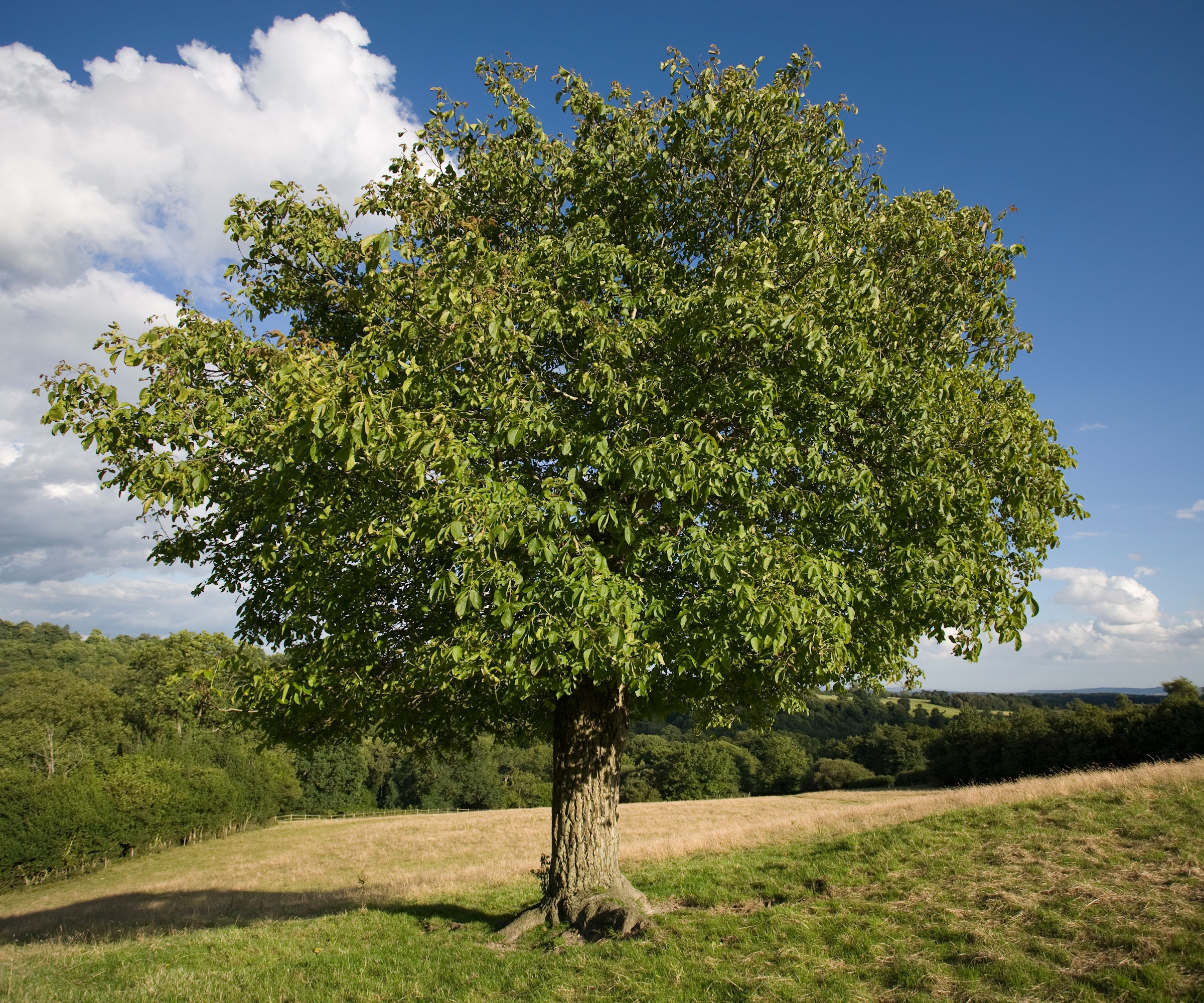
When you reach the end of the cold stratification period, it's time to plant your walnut seeds.
The best time for this is early spring, as you can plant the seeds directly outdoors. Or, you can start the seeds indoors, such as in a greenhouse.
When choosing an outdoor location for your walnut tree, bear in mind the ultimate height and spread of the variety you are growing, and provide it with the right amount of space.
Likewise, it needs around six to eight hours of direct sun daily, and benefits from a well-draining, but moisture-retentive soil type.
'No matter the type of walnut tree, they all want to grow in fertile and well-draining soil, and away from cold winds and frost pockets,' says Drew.
'A word of warning about growing walnuts is that they produce a natural compound called juglone, which inhibits the growth of plants nearby,' he adds.
'Black walnuts are known to produce the most juglone, and you do need to be careful which plants are in the same area as the tree and select those which are more tolerant of juglone.'
The seeds should be planted around one-to-two inches deep, with the pointed edge facing downwards.
This bulb planting tool with a depth marker from Amazon can help you get the measurements correct, while cutting a neat hole to plant into.
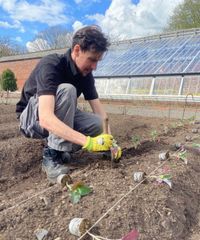
Drew qualified as a journalist and wrote for many websites and publications, before studying for a horticulture qualification. He worked as a professional gardener for several years, specializing in kitchen gardening. He's now bringing his expertise and passion to Homes & Gardens as a member of our team.
4. Water the Seeds Well
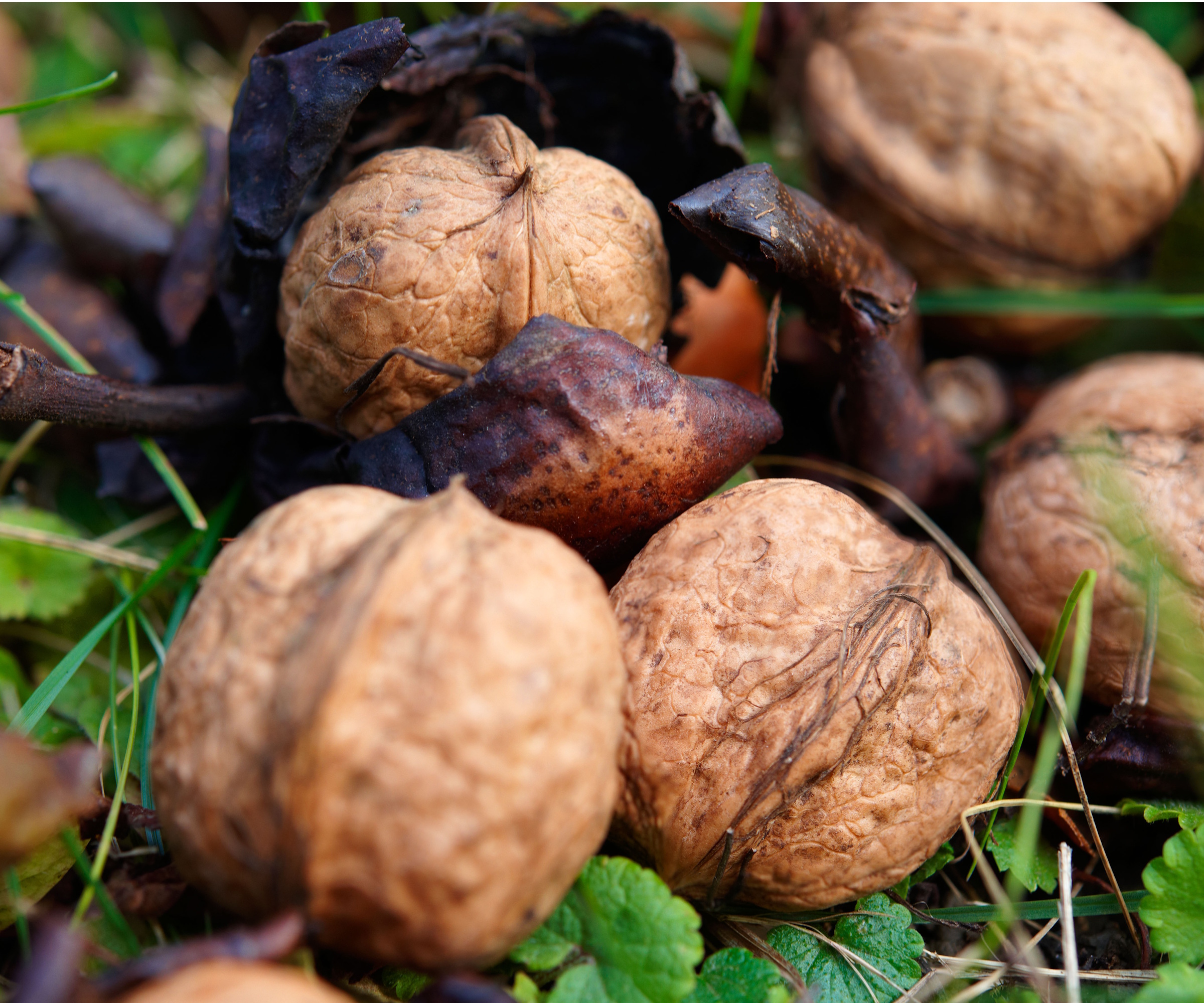
While your walnut seeds are germinating, they need consistent moisture.
Water the seeds well when you first plant them, and continue monitoring the soil to ensure it doesn't dry out entirely. This soil moisture meter from Amazon can help with this.
As the seedlings start to emerge (you will spot the shell start to open and break away), you can also mulch to help retain moisture and smother weeds.
5. Transplant Seedlings Started Indoors
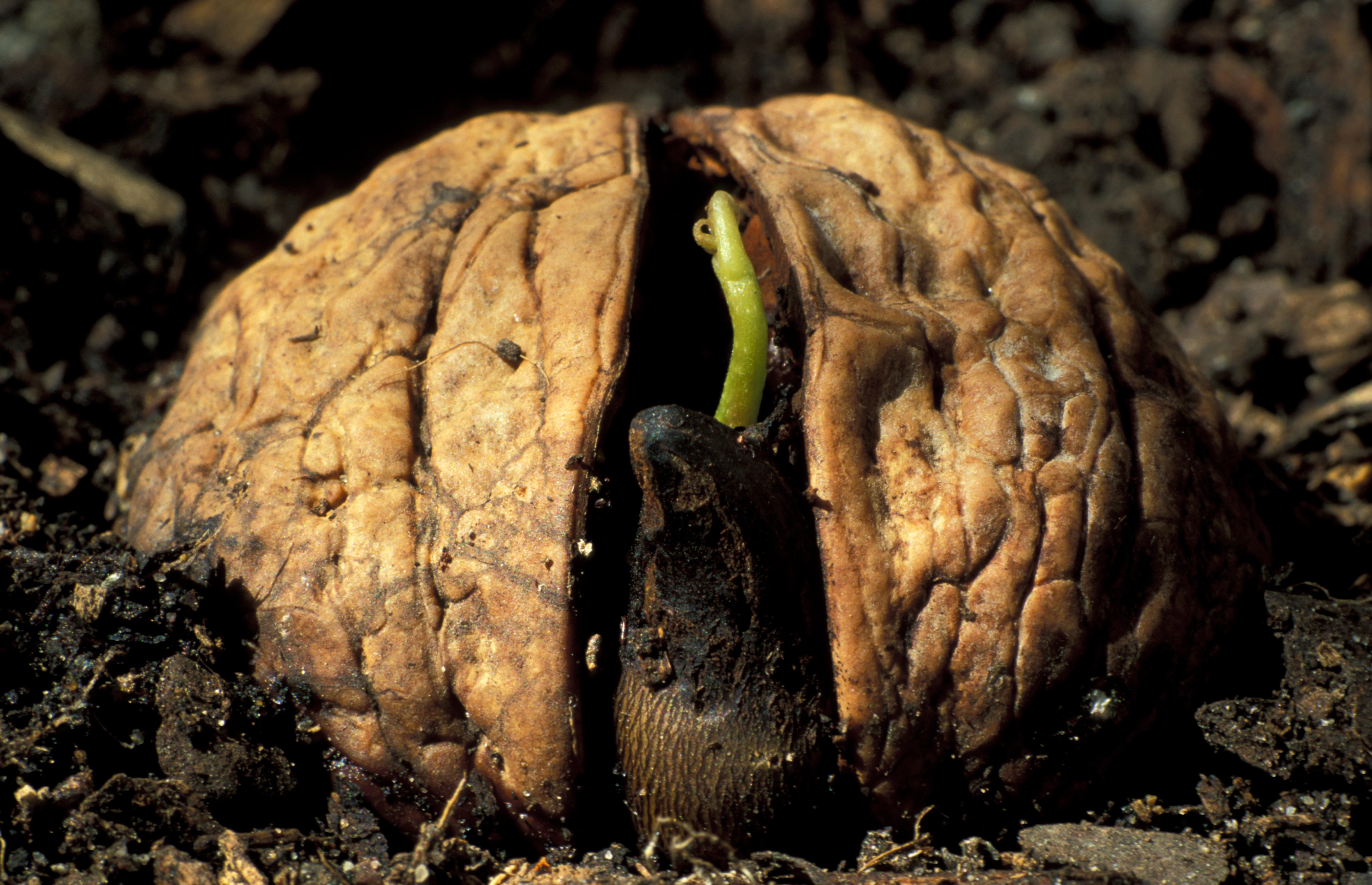
If you didn't plant your walnut seeds in their final permanent position, you need to transplant the seedlings outdoors.
This should take place when the seedlings have several sets of leaves and are around six inches tall.
You should also harden off seedlings before planting them in the ground. You can do this by gradually exposing them to outdoor temperatures over the course of a week.
The seedlings should then be transplanted to a permanent spot after the last frost to ensure their survival.
Make sure to also handle the seedlings carefully, so no roots are damaged. You can do this by maintaining as much soil as possible around the roots.
FAQs
Are Walnut Trees Self-Fertile?
Yes, Walnut trees are self-fertile, which means they can produce nuts from a single tree. This is because they have both male and female flowers. However, for a more reliable harvest, Drew Swainston, Gardens Content Editor at Homes & Gardens, recommends: 'You will get a better crop if a second tree is planted somewhere nearby.'
Once your walnut tree is established, it's important to prune a walnut tree to keep it healthy year after year. It's best to do this in late winter when the tree is in dormancy, and you should use essential pruning tools to make clean cuts. These Fiskars loppers from Amazon are a good choice.

Tenielle is a Gardens Content Editor at Homes & Gardens. She holds a qualification in MA Magazine Journalism and has over six years of journalistic experience. Before coming to Homes & Gardens, Tenielle was in the editorial department at the Royal Horticultural Society and worked on The Garden magazine. As our in-house houseplant expert, Tenielle writes on a range of solutions to houseplant problems, as well as other 'how to' guides, inspiring garden projects, and the latest gardening news. When she isn't writing, Tenielle can be found propagating her ever-growing collection of indoor plants, helping others overcome common houseplant pests and diseases, volunteering at a local gardening club, and attending gardening workshops, like a composting masterclass.
You must confirm your public display name before commenting
Please logout and then login again, you will then be prompted to enter your display name.